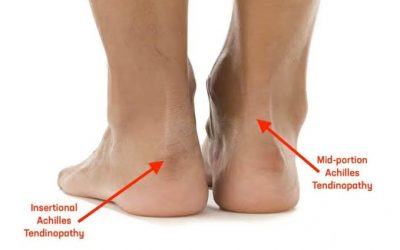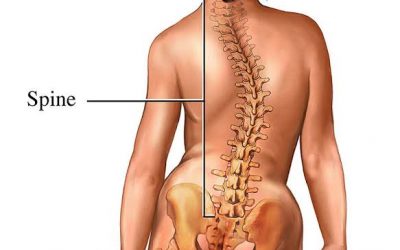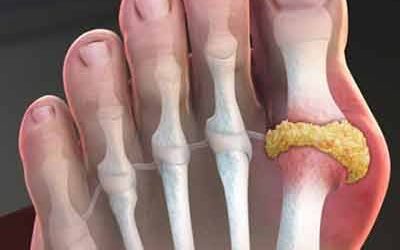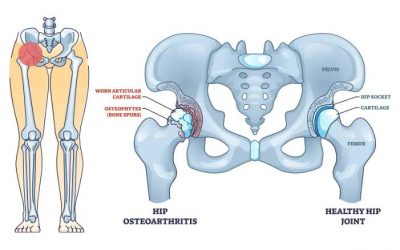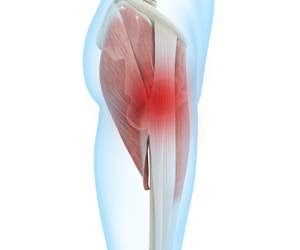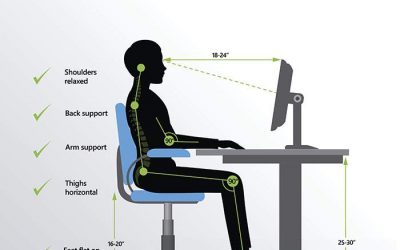The Sciatica Pain
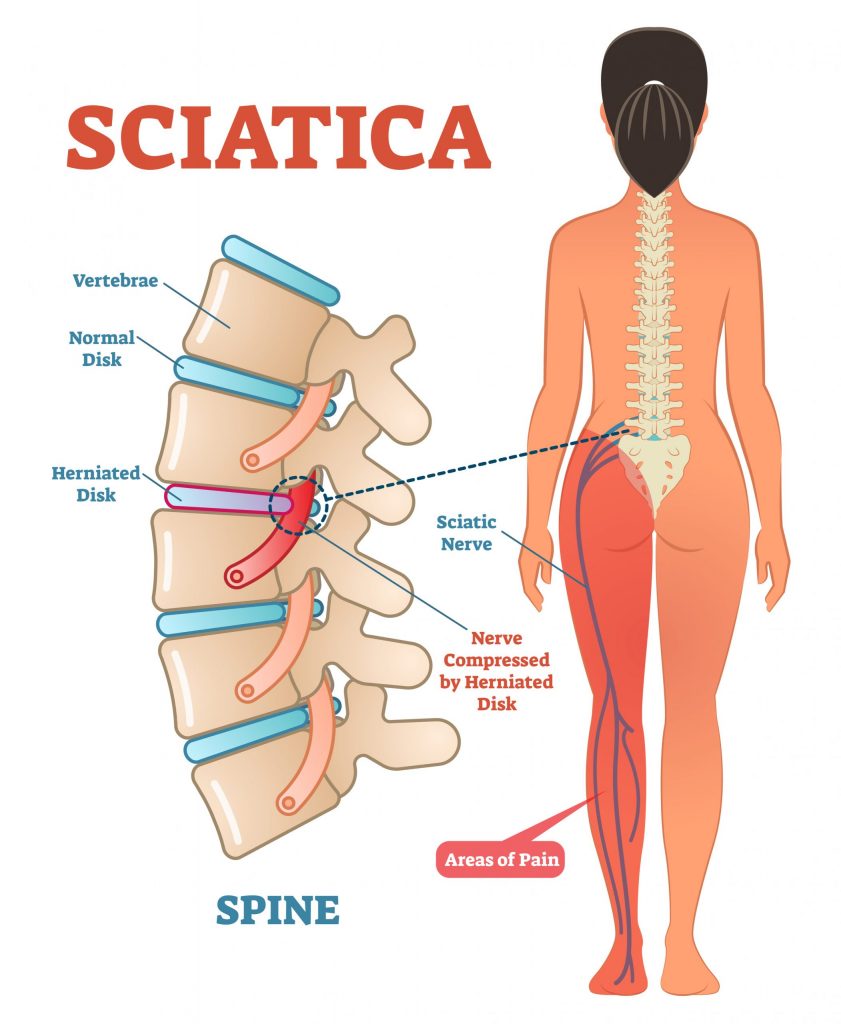
The sciatic nerve is one of the longest and thickest nerves in the human body. It is composed of nerve roots from the lumbar and sacral regions of the spinal cord, extending from the pelvis through the buttocks, along the back of the thigh, down to the lower leg and foot. The sciatic nerve is primarily responsible for both sensory and motor functions, controlling the movement of the muscles in the thigh as well as providing sensation to the knee, lower leg, foot, and toes. When the sciatic nerve is damaged or compressed, it can lead to sciatica.
The sciatic nerve can be compressed due to various reasons, including: Herniated Disc: The intervertebral disc, located between the vertebrae, can bulge or herniate, potentially compressing the sciatic nerve and causing sciatica. Degenerative Changes in the Spine: With aging, degenerative changes such as spinal arthritis or spinal stenosis may occur, leading to compression of the sciatic nerve. Muscle Spasms: Spasms or tightness in certain muscles, particularly those in the buttocks, can compress the sciatic nerve. Spinal Fracture or Injury: Fractures or injuries to the spine may result in abnormal displacement of the spinal structures, leading to compression of the sciatic nerve. Tumors or Masses: Tumors or masses near the spine or pelvis may compress the sciatic nerve. Diabetes: Individuals with diabetes may experience nerve damage, potentially leading to compression of the sciatic nerve. These are some common causes of sciatic nerve compression, but not all cases of sciatic nerve pain are caused by these factors. A detailed medical evaluation and examination are typically required to diagnose the specific cause of sciatic nerve pain.
